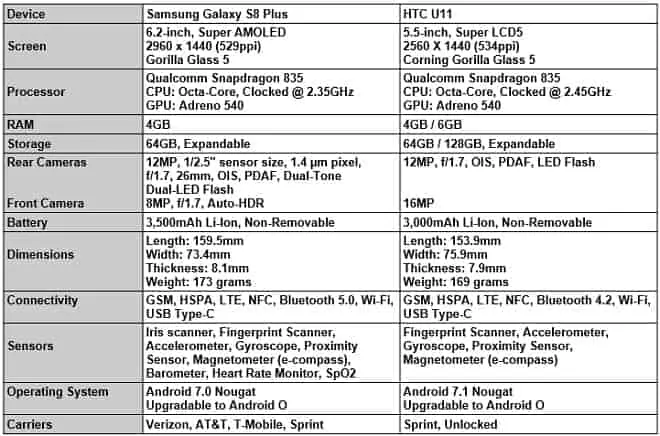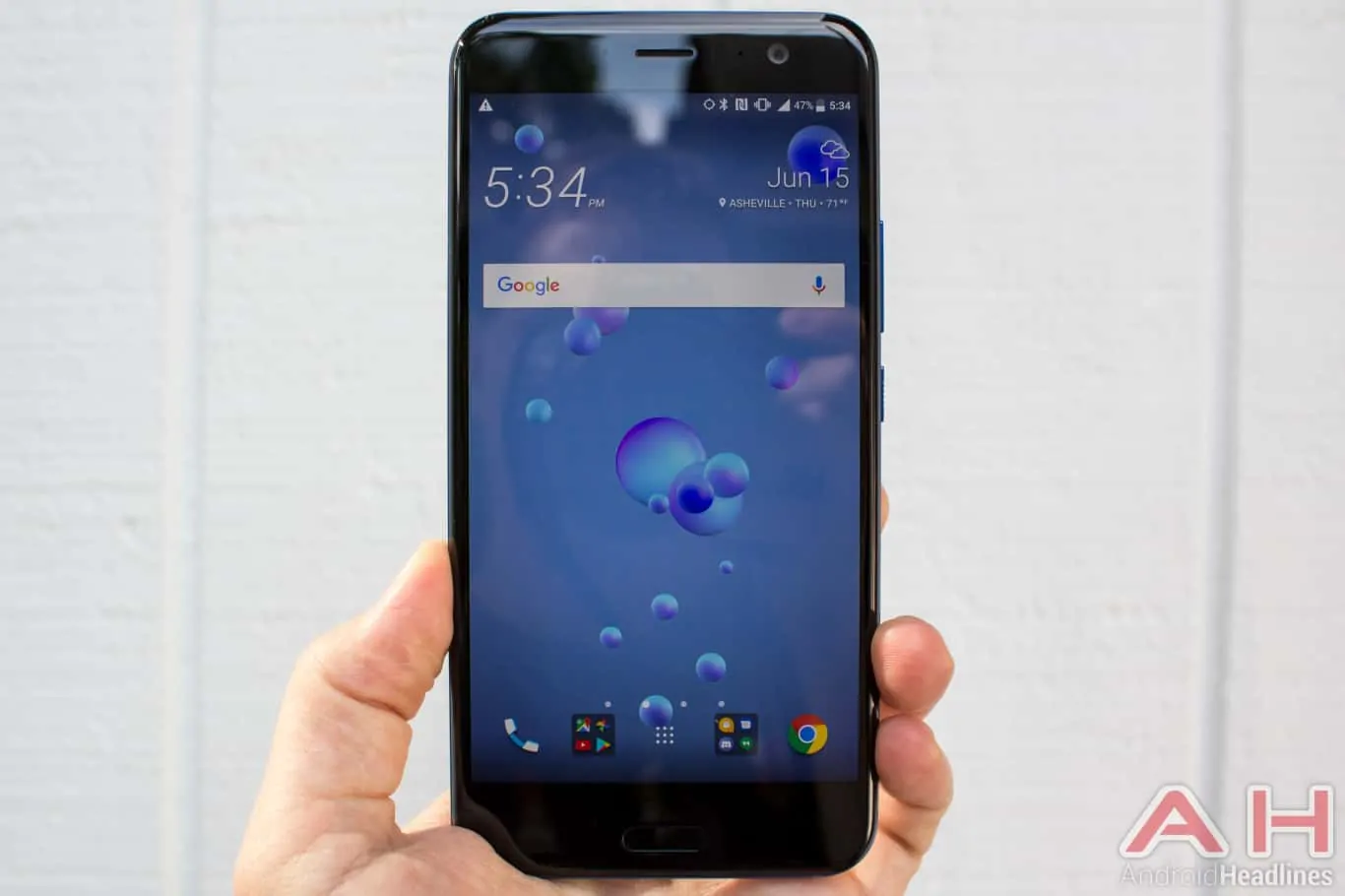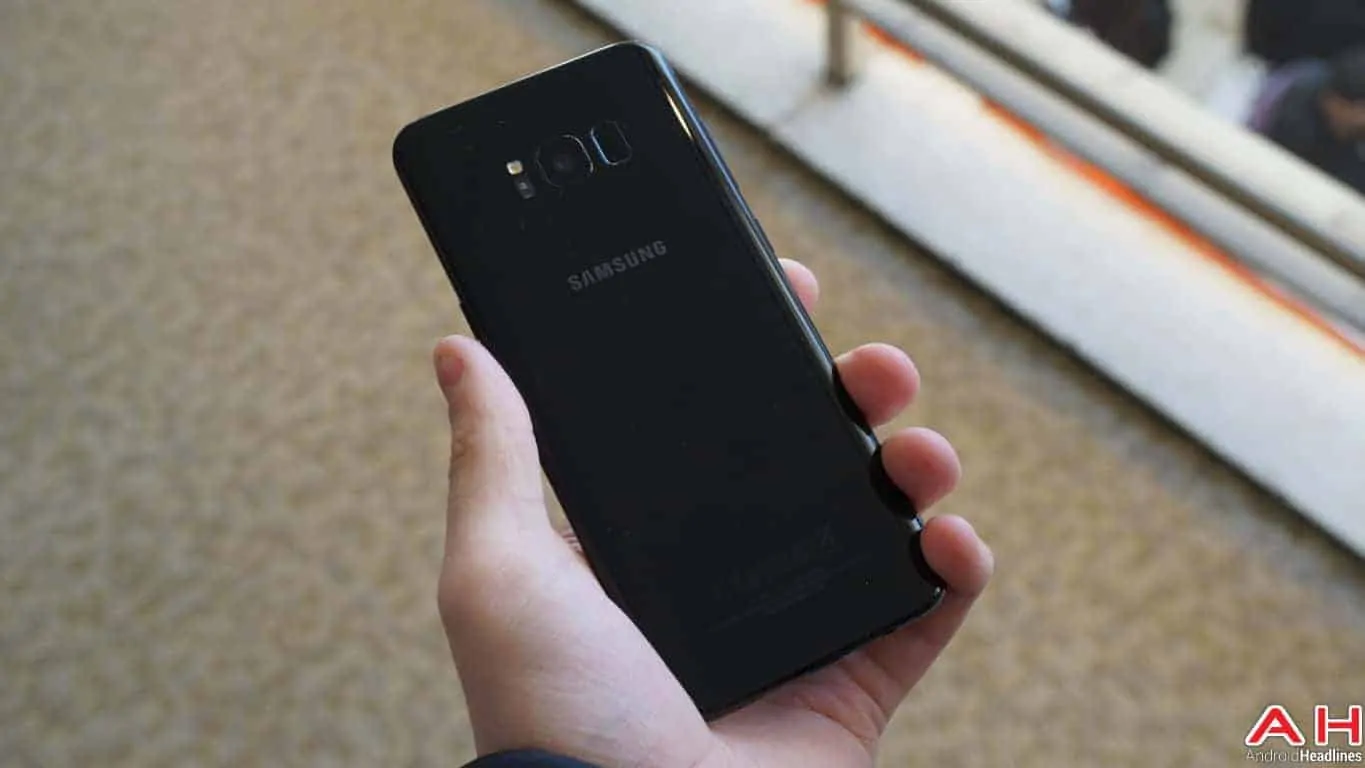Introduction
Today, we pit the Samsung Galaxy S8+ against the HTC U11 to see which one comes out on top. Both are powered by the exact same chip and have very similar footprint, although, the Samsung device has a much larger display compared to its rival. Overall, though, both are very decent devices that have their own strengths and weaknesses, and although the Samsung device is priced significantly higher, it also offers a few features that you can’t really find in any other smartphone right now apart from its smaller sibling, the Galaxy S8. But does those few features justify the higher price-tag? Or does the HTC U11 represent better value for your money? Let’s find out!
Specifications
Samsung Galaxy S8+
The Galaxy S8+ is the larger of the two flagship smartphones Samsung launched earlier this year. The device ships with a massive 6.2-inch display, but has a similar footprint akin to most 5.5-inch devices, thanks largely to the bazel-less ‘Infinity Display’ that comes with an elongated 18.5:9 aspect ratio instead of the more standard 16:9 ratio found on most smartphones, televisions and computer monitors. The panel measures 6.2-inches diagonally, is of the Super AMOLED variety, has a WQHD+ (2960 x 1440) pixel resolution, and is protected by Corning’s Gorilla Glass 5. While the display is certainly a major talking point, it is not the only thing the Galaxy S8+ has got going for it. The device also ships with high-end hardware on the inside that has made it and its smaller sibling, the Galaxy S8, best-sellers over the past few months.
Talking about high-end hardware, the Galaxy S8+ is powered by Qualcomm’s Snapdragon 835 SoC in the U.S. and Samsung’s own Exynos 8895 in most international markets. While the Qualcomm chip comes with an integrated 10μm CPU with 8 Kryo 280 cores clocked at a maximum of 2.35GHz, the Exynos SoC has an integrated octa-core CPU with four cores clocked at 1.7GHz and four cores at 2.3GHz. As for the GPUs, the Snapdragon 835 comes with the Adreno 540, while the Exynos 8895 has a Mali-G71 MP20. The Galaxy S8+ packs 4GB of LPDDR4 RAM and has 64GB of built-in UFS 2.1 storage that can be expanded by way of a microSD card of up to 256GB in capacity.
Imaging options include a rear-facing Dual Pixel 12-megapixel sensor and a front-facing 8-megapixel sensor, both of which are paired with f/1.7 lenses. The primary camera offers PDAF, auto HDR, optical image stabilization (OIS) and an LED flash, while the secondary camera comes with auto-focus and auto HDR. The device also comes with IP68 certification and carries a 3,500mAh battery. On the software side of things, the Galaxy S8+ ships with Android 7.0 Nougat and has Samsung’s very own voice-based AI assistant, Bixby. The device measures 159.5mm in length, 73.4mm in width and 8.1mm in thickness, while weighing in at 173 grams.
HTC U11
The HTC U11 comes with the so-called ‘Liquid Surface’ design that follows the design language of earlier HTC launches like the U Ultra and U Play that saw the company switch from a metallic exterior to glass panels on the back. Unlike its competitor in today’s head-to-head, the U11 comes with a traditional 16:9 display, and has the fingerprint scanner integrated into the physical Home button. In terms of hardware, the device features a 5.5-inch WQHD (2560 x 1440) Super LCD5 capacitive touchscreen display that’s protected by Corning’s Gorilla Glass 5. It is powered by the Qualcomm Snapdragon 835 SoC and ships with either 4GB of RAM and 64GB of internal storage, or 6GB of RAM and 128GB of internal storage depending on the variant. Both versions support microSD cards of up to 256GB in capacity.
In terms of optics, the HTC U11 comes with a 12-megapixel primary camera with the company’s proprietary UltraPixel 3 and UltraSpeed Autofocus technologies. The camera has an f/1.7 aperture, a 1/2.55-inch sensor, phase detection autofocus (PDAF), optical image stabilization (OIS) and a dual tone LED flash. Software features include geo-tagging, touch focus, face detection, HDR and panorama. The camera can record 4K videos at 30fps and 1080p videos at up to 120fps. The front-facing selfie-cam on the HTC U11 is a 16-megapixel unit that can record 1080p videos at 30fps. HTC’s latest premium smartphone comes with a USB Type-C port but misses out on the 3.5mm audio port. The handset ships with a 3,000mAh Li-Ion battery with support for Quick Charge 3.0, and comes with an IP67 rating that denotes protection against dust and water. The HTC U11 measures 153.9mm in length, 75.9mm in width and 7.9mm in thickness, while weighing in at 169 grams.
While the hardware on the HTC U11 seems decent enough, the standout feature in the device has to be the much talked-about ‘Edge Sense’ that allows users to squeeze the sides of the device to interact with it. The phone supports both long and short squeezes, and by default, launches Google Assistant with a long squeeze and fires up the camera with a short one. However, Edge Sense is customizable, so users can change what the squeezing does, which means you may assign any other app to your squeezes according to your choice. What’s more, Edge Sense won’t really need any developer support for compatibility with 3rd-party apps, so just about all current apps will be compatible with the feature by default.
And The Winner Is …
The Final Word
The HTC U11 is a great smartphone when taken in isolation, with its Liquid Surface design and Edge Sense squeeze feature helping it stand out from the crowd. Overall, it is a significant improvement from its predecessor, but the $700 launch price meant it had to compete with the likes of the Galaxy S8+ right from the get go, which was always going to be a tough challenge. As it turned out, HTC couldn’t really pull a David against the Goliath that is Samsung. As for our comparison today, the only thing the HTC U11 has got going for it is, ironically, it’s price. The Galaxy S8+ is definitely more expensive, but is also a much more desirable device all things considered. If money is a factor, you can always get something like the OnePlus 5, which is significantly more affordable than either of the devices in today’s comparison. Sure, the Galaxy S8+ doesn’t have Edge Sense or Liquid Surface, and even the stuttered Bixby rollout has been nothing short of atrocious, but it still wins today’s comparison, with or without its half-baked voice assistant.
Buy The Samsung Galaxy S8+ Buy The HTC U11





